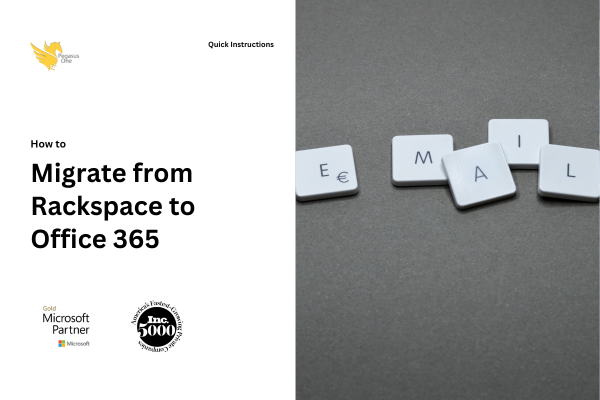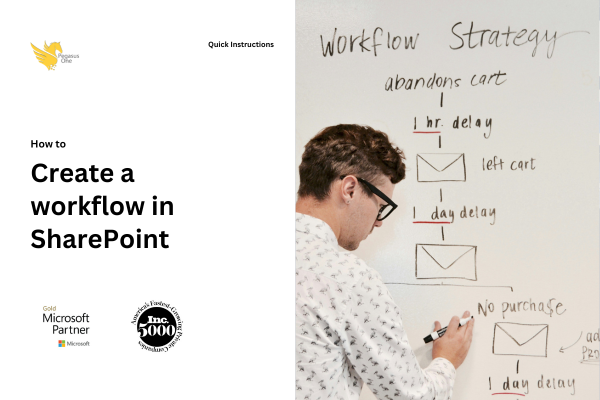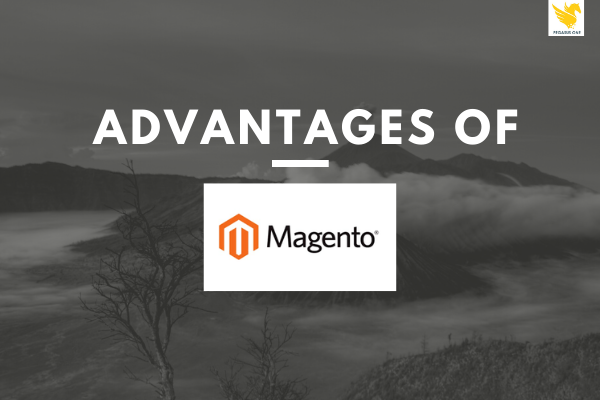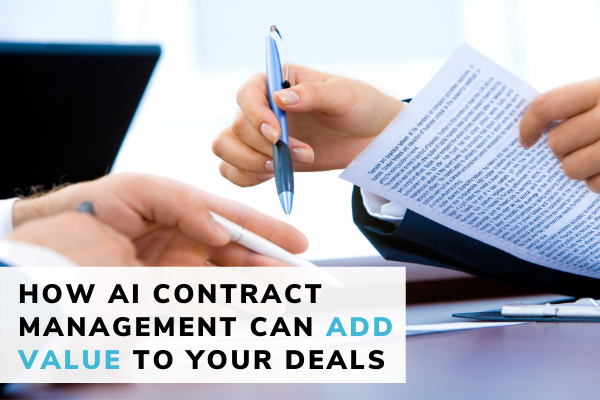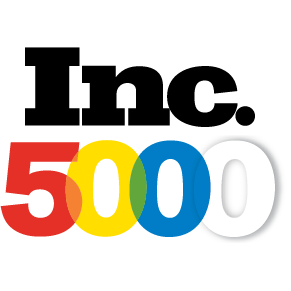How to Choose the Right IoT Platform: The Ultimate Checklist
Every day, more and more devices are becoming a part of the Internet of Things (IoT) – a vast network of items both simple and complicated, always creating and sharing data with one another, over the Internet. According to a recent study conducted by Intel, there will be roughly 200 billion devices connected to this ecosystem by 2020. Not only will this include professional-driven products like industrial sensors, manufacturing equipment, workspace management applications and more, but as a concept, it also extends to the everyday items we have in our homes like security cameras, air quality sensors and even “smart” thermostats.
General Electric predicts that the IoT will add between $10 and $15 trillion to the worldwide gross domestic product over the course of the next decade. It will impact nearly every industry you can think of and it may very well be the most important computing concept to come along in a generation.
At the same time, the Internet of Things is every bit as malleable as it is powerful – meaning that platforms can be very diverse in their scale and functionality. Therefore, your IoT platform selection is not a decision you should make lightly. If you truly want to make sure you’re building an infrastructure that will empower innovation for your business over the next decade and beyond, you can’t start with the IoT and work your way back to your organization. You need to start with your business – and its unique goals and long-term objectives – and build a bridge forward to the best IoT platform that works for you and you alone.
Whether you’re an experienced developer, a senior executive or even a hobbyist, the landscape is already confusing and complicated – and that’s a trend that shows no signs of slowing down anytime soon. There are already countless platforms to choose from, including but not limited to options from notable names like Microsoft Azure IoT, Amazon Web Services IoT, GE Predix, the C3 IoT platform and more.
Thankfully, your actual selection process can ultimately be a lot more straightforward than you might think. To guarantee that you’re truly making a worthwhile investment in the technological infrastructure of your organization, you need to keep a few key things in mind.
IoT Platform Selection: A Primer
As stated, if you truly want to invest in an IoT platform that will meet your needs, you must first identify what those needs are. To do this, ask yourself a series of basic questions:
1. Why do you need an Internet of Things platform? What, specifically, do you hope to accomplish with it?
2. What are your scalability requirements? Remember that you need an IoT platform to grow and evolve as your business does the same.
3. What are your security requirements?
Once you begin to look at specific providers, continue this process by shifting the focus of your questions onto the platforms themselves:
1. What candidates for consideration do you already have? Did you find them in your own research, or did they come by way of referrals?
2. Are they a part of a managed cloud services package, or will then be a standalone product (that will require frequent, albeit low-level maintenance and ongoing infrastructure support)?
3. Do any of your existing candidates have a proven track record of successful deployments in situations like yours?
4. By answering these questions as early in the process as possible, you’ll make it easier for yourself when it comes to not only narrowing down your selection but also avoiding unreliable and needlessly expensive products as well.
Finding the Best IoT Platform: Best Practices to Consider
Again, so much of your job with IoT platform selection involves finding the right option to meet your specific needs. There is no objective “one size fits all” solution. Based on that, you should further break down the criteria you’re looking for when pre-selecting vendors to make sure the process goes as smoothly as possible. Think about things in terms of elements like the following:
1. The return on investment, both that you hope to achieve and that you minimally need to achieve to consider a candidate worthwhile.
2. The flexibility that is baked into a platform that if needed, allows you to switch to other vendors.
3. The life expectancy of the platform, otherwise known as future availability.
4. The level of ongoing support you’ll have from the provider, along with how easy that support will be to access.
5. The completeness of the platform. Make sure you find a total, end-to-end solution that covers all relevant functions.
6. The history of the provider. For the absolute best results, you should be looking for either a strong startup with a clear pathway to future growth and success or an existing, multi-national corporation with a similar infrastructure.
Likewise, you need to prioritize your platform-specific purchasing criteria to help weed out providers that might not be an appropriate fit for what you’re trying to accomplish. The top three criteria to that end include:
1. Total end-to-end security. Never forget that any device connected to your network is a potential vulnerability waiting to be exploited if you’re not careful.
2. Scalability. Ensuring your platform has the capability to grow with your business.
3. Usability. Your IoT platform needs to be easy to integrate with your existing business functions and even easier to use.
The Art of the Proof-of-Concept
Based on the above, you will have narrowed your potential IoT platforms down significantly. You’ll probably only have a few vendors and solutions that you’re currently working with and at that point, the next thing you should do involves setting up a real-world proof-of-concept testbed to narrow your selections further.
A proof-of-concept helps you test the remaining platforms, both in terms of performance and functionality. This gives you an opportunity to dive deep into the quality of the platform, the tools and services that are available to you, the cost and how well you might work with the vendor. During the experimentation phase of your proof-of-concept, be sure to consider things in terms of the following:
1. How does the network coverage of each IoT vendor mesh with not only your business’ current initiatives, but the ones you have planned in the future as well?
2. What type of connectivity is necessary to integrate your IoT platform? Do you need a cellular data connection, or will your on-site Wi-Fi suffice?
3. In terms of support, does the vendor cover all the regions that your business is operating in?4. Is your vendor willing to give you information about security issues they’ve faced in the past, along with how those issues were resolved?
5. What types of managed integrations/API access does a vendor offer? Does this vendor’s solution integrate with everything that you need, like cellular modems, cloud connections and your application layer?
6. How extensive is this provider’s IoT ecosystem? What are the relationships between the services that this platform offers? This is critical, as it can shed valuable insight on how you will further build out your platform over time.
7. What types of hardware concerns do you need to address? A certain degree of customization will be natural, but at the same time your vendor should also be willing to offer developer kits or starter packages so that you don’t have to build 100% of the infrastructure yourself. This can save an incredible amount of time and money.
Equally important is the concept of device management. Always be sure to examine how vendors allow you to not only monitor IoT devices across your platform, but also segment and manage them on an ongoing basis. Not only is this one of the core elements of functionality, but it plays a critical role in terms of security as well.
Finally, understand that IoT devices are going to need to be updated to bring new features, improve performance and reliability, and patch security holes on a regular basis. How are these over the air firmware updates handled? Will your vendor send updates to your devices remotely, or is this something that you must do on your own? For the absolute best results, always try to go for the simplest solution possible.
Making Your Final Selection
At this point, your list of potential IoT platform vendors will likely only consist of a few remaining candidates. Therefore, you’re ready to examine things based on what is perhaps the most important factor of all: return on investment.
Return on investment is always important, but it is dramatically so if you are either a) a startup or other young company, or b) a small business operating in a market with already thin margins.
Based on all the information you’ve collected about your potential vendors, you should now be able to get an indication of what type of ROI you can reasonably expect, and how long that ROI will take to achieve. Overall, the total amount of money you’re investing in the platform should be significantly lower than the total amount of pure revenue it will generate. If you’re being asked to purchase a platform with a wide array of features you don’t need, this will only harm your ROI. The same is true of a platform that puts the burden of support on your business, or that isn’t updated and supported frequently by the vendor.
To speak to that last point, IoT platforms can and will stagnate quickly without constant and consistent updates. Any vendor unwilling to make a concerted effort to keep their offering updated is not concerned about your long-term success.
Along the same lines, make sure that your platform is capable of being retrofitted for different purposes as your needs change. If it isn’t or is difficult, this too will cause the platform to stagnate or be costly to upgrade – which will harm your ROI.
In the End
- You now have a grasp of the two critical pieces of information to help you make your IoT project a success:
- You understand how the Internet of Things will affect your business. What you plan to use it for, and a better understanding of the value you need it to create over the long-term.
Based on those needs, you understand which vendors are able to help you succeed.
If you’re still in the process of selecting vendors, consider options like Particle – which is an enterprise platform that offers a total end-to-end solution, from device to cloud. Salesforce IoT is similar, as are Microsoft IoT Azure and Google Cloud’s IoT platform. You likely already have a shortlist of your own, which may be comprised of services like Artik Cloud, IBM Watson IoT or Carriots Platform. That’s okay – at this point, your list can be as long as you’d like. Provided that you’re starting with a clear understanding of the needs of your organization, certain providers are going to fall off of your list pretty quickly. Using the suggestions provided, you’ll quickly realize that choosing the best IoT platform isn’t nearly as difficult as you’d likely assumed it would be.
Again, the most important thing for you to understand about all of this is that there is no “one size fits all” approach to putting together an IoT platform. Every business is a little bit different in terms of what it does, how it operates and what it is trying to accomplish over time.
Your IoT platform needs to play to the strengths that make you unique, not force you to change those qualities to make up for its own limitations. By sticking closely to the items on this checklist all throughout your selection process, you can be sure that you’re investing in a solution that doesn’t just work, but that works for you and your unique requirements. In the end, there’s nothing more important than that.


